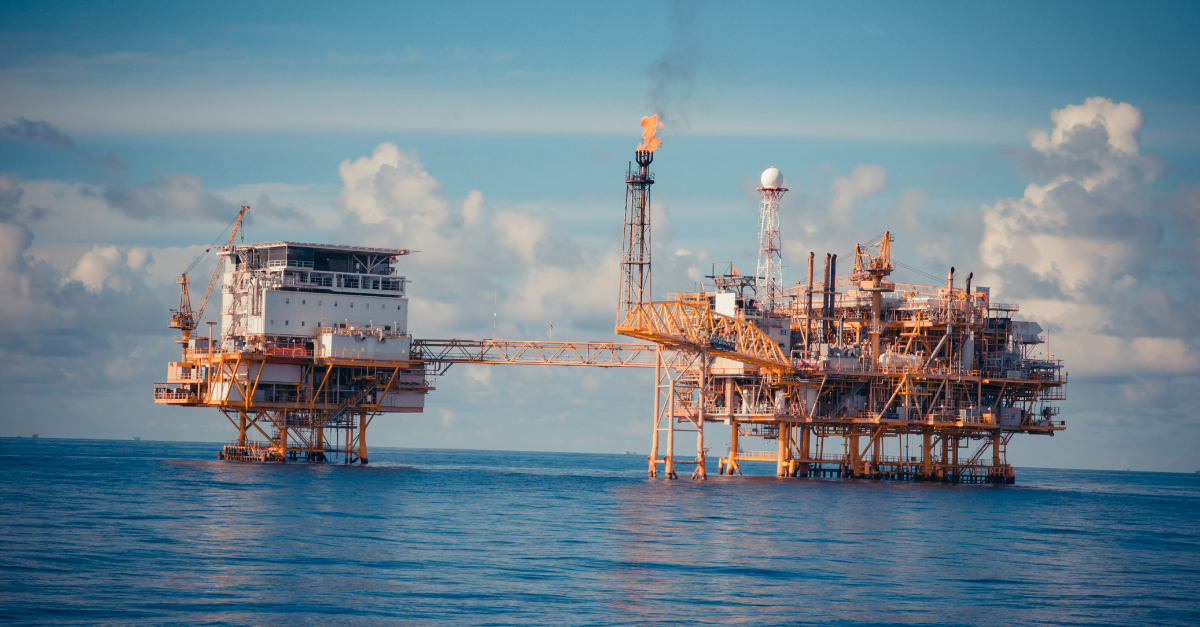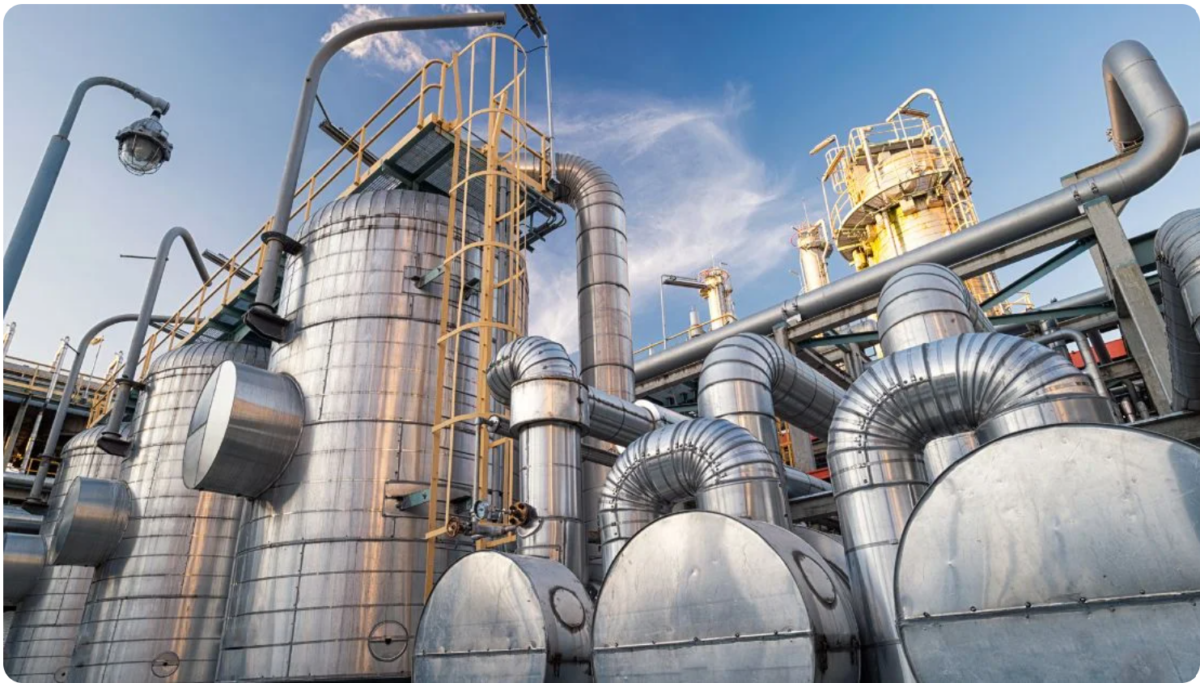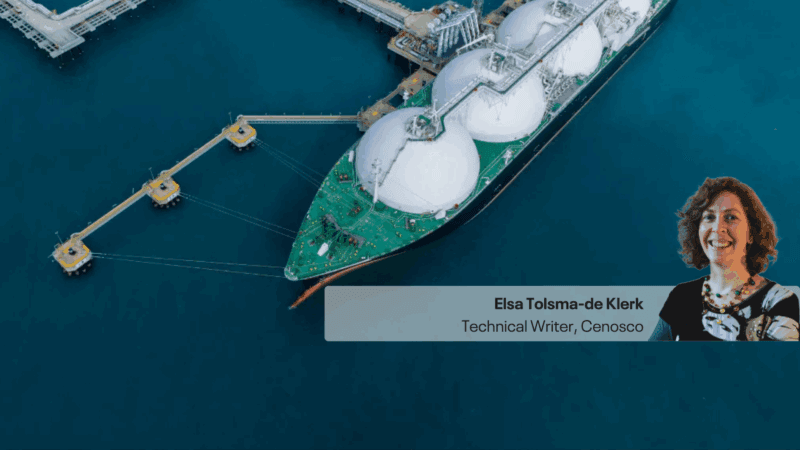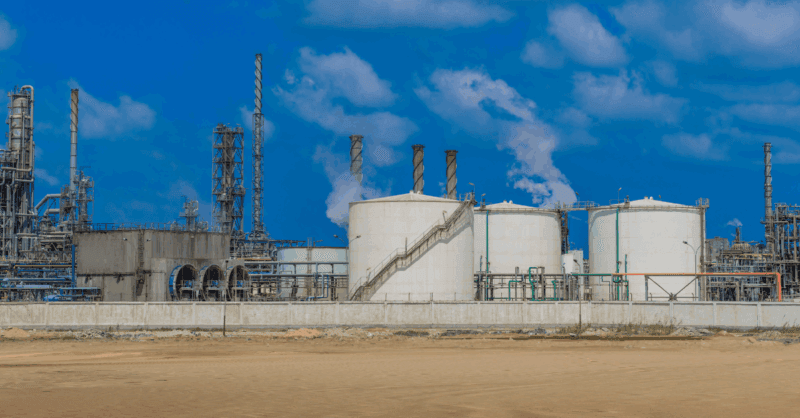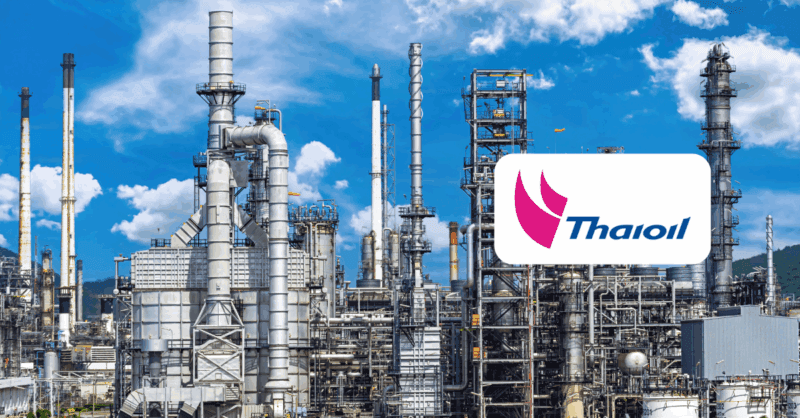En réponse aux défis posés par une approche cloisonnée et aux limitations liées à la gestion des anomalies, en particulier les dépassements de normes de performance, ce grand opérateur du secteur amont de la mer du Nord s'est engagé dans un processus de transformation visant à améliorer la visibilité et l'intégration de la gestion de l'intégrité des actifs.
Cette initiative visait à promouvoir un système plus dynamique et plus efficace, ce qui s'est traduit par l'adoption du logiciel IMS (Integrity Management System) de Cenosco, qui intègre la stratégie de gestion des dégradations et les processus d'inspection basée sur le risque (RBI).
Dans cette étude de cas, vous en apprendrez plus sur la valeur réelle de l'utilisation de plusieurs produits de base de Cenosco et sur la façon dont cet opérateur en amont de la mer du Nord a optimisé ses opérations grâce à une utilisation combinée et transparente.
- IMS PEI : Intégrité des équipements sous pression
- IMS Civil : Gérer les structures civiles
- IMS PLSS : Systèmes de pipelines et de sous-marins
The Three Pillars
An industry leading North Sea upstream operator chose Cenosco’s Integrity Management System (IMS) software suite to streamline their operations. In this business case, we explore the value they attained through their use of IMS, including:
- Approfondir la gestion de l'intégrité des actifs
- Améliorer la visibilité et l'intégration
- Faire progresser la transformation numérique
“During the annual 3-day UKAS accreditation audits last March, the auditors spent a day exploring Cenosco’s IMS and our inspection records in IMS. Despite initial unfamiliarity, the auditor went from not knowing it to loving it. The Audit team was particularly impressed by the depth of detail IMS offers, from corrosion rate calculations to robust inspection data management capabilities. This positive experience reinforces IMS as a valuable asset in maintaining the highest asset management standards at our the company offshore and onshore gas plants.”
IMS Site Coordinator and Head of Inspection
A North Sea Upstream Operator
Améliorer la visibilité et l'intégration
In response to challenges posed by a siloed approach and limitations linked to anomaly management especially performance standard breaches, the company embarked on a transformative journey to enhance visibility and integration in asset management. This initiative aimed at fostering a more dynamic and efficient system, resulted in their adoption of Cenosco’s IMS Software (Integrity Management System) which integrated their degradation management strategy and Risk Based Inspection (RBI) processes.
Transition and management of anomalies in IMS
Recognizing the limitations associated with the previous anomaly management system, the company strategically shifted to managing anomalies via Corrective Action Inspection Recommendations (CAIRs) within the Integrity Management System (IMS). The reliance on the previous anomaly management system meant that defect assessments, inspections, and corrective actions were managed separately, leading to disconnected systems. Now, with anomalies being managed via CAIRs in IMS, a more dynamic and efficient system emerged, streamlining defect assessments and corrective actions while eliminating manual and paper-based processes.
This shift marked a strategic move towards a more dynamic and efficient system for managing corrective actions and inspections. The digital nature of CAIRs within IMS eliminates the manual and paper-based processes, significantly reducing the time and effort required for defect resolution.
CAIR Management Journey
The initiative successfully implemented at one of their gas plant, facilitated by training from Cenosco, included redesigned inspection checklists and a dedicated anomaly approval dashboard. This effort also fostered a culture of continuous improvement and innovation within the organization by enhancing the visualization of the anomalies.
IMS for Integrity Management
Adynamic dashboard was crafted to provide real-time visibility into anomaly approval and inspection workflows. This initiative was complemented by the integration of Degradation Management Framework and Risk Based Inspection (RBI) processes into the Integrity Management System (IMS), establishing a foundation for comprehensive asset management. This strategic integration not only enhanced the efficiency of workflows but also ensured a holistic approach to managing and maintaining assets.
Faire progresser la transformation numérique
In addressing complex challenges, the company implemented innovative solutions to optimize field inspections and enhance asset management. Beyond this, IMS will serve the company as a means to scale their digitization.
Innovative Field Inspections
Preparing for Pipework Inspection with AIR3D and Remote Inspection Technologies
The company is now adopting cutting-edge technology for pipework inspections using advanced software such as AIR3D which recognizes integrity issues on images captured by inspection drones, ensuring a comprehensive and efficient approach to field assessments.
Inspection Data Collection on iPads for anomalies
Leveraging remote offline inspection data collection on iPads for Corrective Action Inspection Recommendations (CAIRs) streamlined the inspection process, enhancing efficiency and responsiveness to corrective actions.
Advancing their digitalization journey
Digital Twin, AIR3D and Remote Inspection Technologies
The company plans on embarking on the journey of powering digital twins using AIR3D, remote inspection technologies, and establishing inspection reporting via Equipment Condition Histories (ECHs) within IMS for Corrosion Under Insulation (CUI). This forward-looking approach is aimed at enhancing integrity management through remote field inspections through drones and a digitally driven asset management strategy.
Enhancing Asset Integrity Management Through Remote Field Inspection
The integration of digital twins and remote field inspections will represent a strategic shift towards a more efficient and digitally driven approach to managing asset integrity.
The impact of the company’s digital transformation is evident in various aspects. Offline inspection data collection on iPads and the use of AIR3D for autonomous integrity recognition signify a leap in streamlined data gathering, reducing reliance on traditional manual methods. The adoption of digital tools, including Air3D, Digital Twins, and remote inspection technologies, ensures universalized documentation, promoting consistency and compliance with the company’s UKAS accreditation standards. This digital transformation not only streamlines processes but also aims to minimize personnel presence in high-risk environments, aligning with the company’s commitment to safety and efficiency.
Approfondir la gestion de l'intégrité des actifs
In its commitment to fortifying asset integrity management, the company has embarked on a transformative journey marked by strategic solutions, forward-looking initiatives, and substantial business impacts. This comprehensive approach unfolds across three key dimensions, each contributing to a more efficient and future-ready asset management strategy.
Integration with Degradation Management Framework
The company’s first strategic move involved seamlessly linking the Degradation Management Framework with the inspection process, setting the stage for enhanced asset integrity. This integration not only streamlined the inspection workflow but also played a pivotal role in contributing to more effective Risk Based Inspection (RBI).
Future Focus
Looking ahead, the company has set its sights on deepening the use of the Integrity Management System (IMS) in various facets, including RBI, corrosion management, fabric maintenance, reporting, and dashboards. The organization is aiming for a seamless connection between IMS and SAP to achieve synchronized defect management. In the coming year, a trial will begin to integrate SAP with IMS on one of the company’s FPSO project. The successful integration during this trial will pave the way for scaling the integration of IMS and SAP across the other company sites.
Business Impact
By positioning IMS as the one-stop-shop for the entire inspection and integrity management process, the company has not only streamlined its operations but has also future-proofed its approach in the dynamic oil and gas industry landscape. This transformative journey outlines the company’s significant improvements in visibility, digital transformation, and deepened asset integrity management, culminating in a robust and future-ready approach to asset management.
Explore the IMS Suite
Cenosco is the leading provider of asset integrity management software.
For over 20 years, we have been leading the way in product innovation across asset-heavy industries, including Oil and Gas, and chemical manufacturing. Our IMS Suite of solutions was designed to support users in making smart inspection and maintenance decisions to increase safety, maximize asset availability, and optimize asset management costs.
IMS PEI empowers asset integrity professionals to efficiently manage inspections and ensure equipment reliability. With automated scheduling, a comprehensive audit trail, and integrated Risk-Based Inspection (RBI) methodologies like S-RBI and RBI581, IMS PEI enables smarter decisions, reduces risk, and improves operational efficiency.
IMS PLSS empowers pipeline integrity professionals to manage subsea and pipeline systems efficiently. With advanced tools for In-Line Inspections (ILI), Fit-For-Service (FFS) assessments, and corrosion management, IMS PLSS optimizes inspection schedules, reduces risks, and enhances asset reliability.
IMS Civil empowers civil engineers and asset managers to optimize maintenance and inspection plans for civil structures. With risk-based methodologies, lifecycle cost analysis, and flexible asset hierarchies, IMS Civil ensures safe operations, reduces costs, and extends asset lifespan.
Demander une démonstration
Fill out the form below to get your IMS Journey started.
